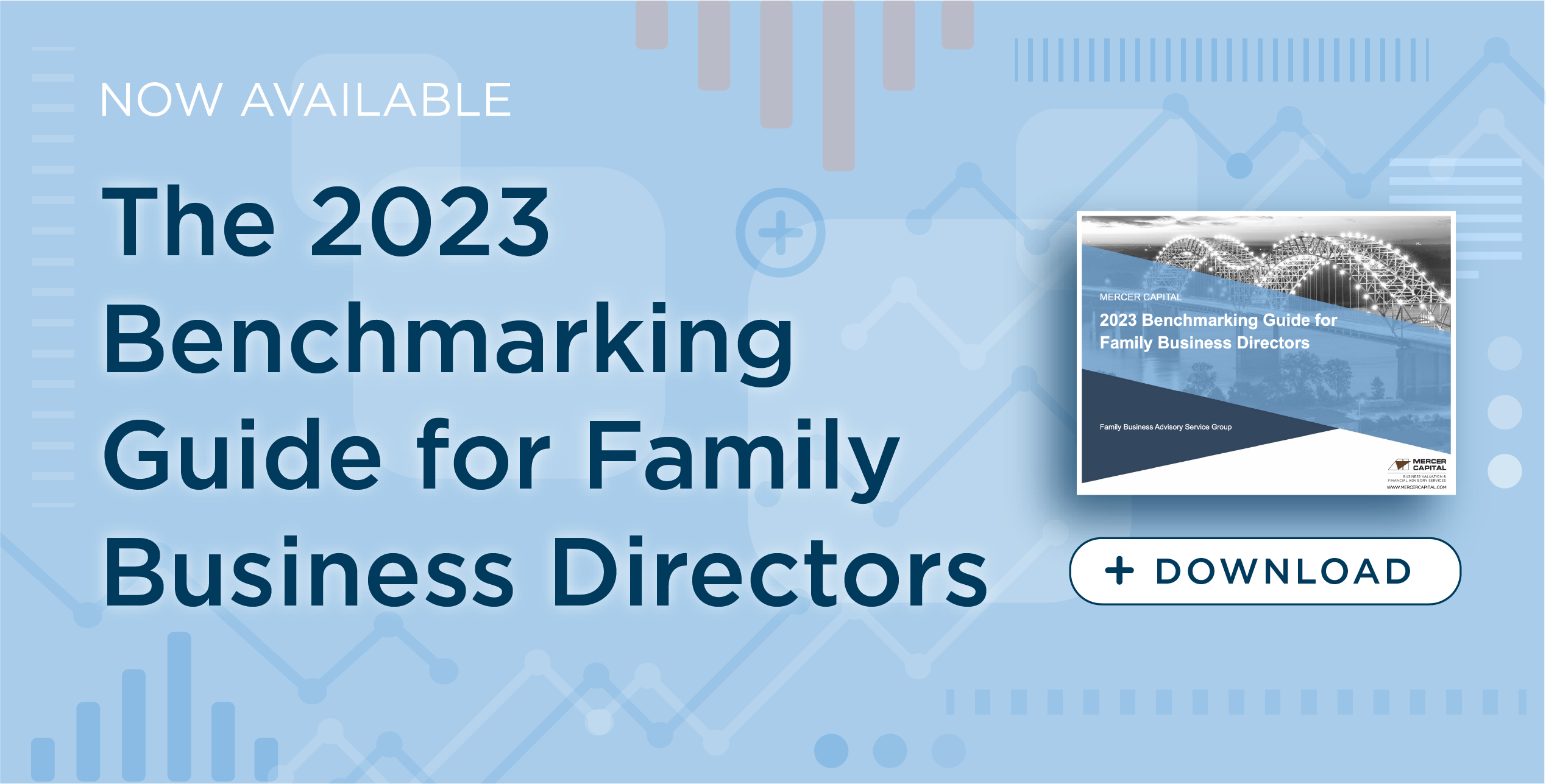When Is It Too Late to Plan?
Takeaways from Moore v. Commissioner
If the senior generation of your family business has not yet crafted their estate tax plan, today is the best day to start. A new decision handed down from the Tax Court last week provides a timely reminder that the costs of procrastination can be very high.
The case Moore v. Commissioner addresses the estate of Howard Moore, who passed away in March 2005 at the age of 89.[1] Mr. Moore was a classic self-made man, building an approximately 1,000 acre farm in Arizona (“Moore Farms”) which he sold for $16.5 million shortly before his death. As described in the opinion, Mr. Moore and his family were a rather colorful cast of characters.
The Plan
In a deft bit of foreshadowing, the introductory paragraphs of the Court’s opinion described the genesis of Mr. Moore’s ill-fated estate plan:
“Howard Moore was born into rural poverty but over a long life built a thriving and very lucrative farm in Arizona. In September 2004 he began negotiating its sale, but his health went bad. He was released from the hospital and entered hospice care by the end of that year.
Then he began to plan his estate.”
One of the principal elements of the estate plan was the formation of the Howard V. Moore Family Limited Partnership (“the FLP”), to which Mr. Moore contributed an 80% interest in Moore Farms. The plan included a number of other moving parts that we will ignore for the sake of brevity.
The FLP included various restrictions on transfer. Through a living trust, Mr. Moore sold his ownership interest in the FLP to an irrevocable trust at a 53% discount to the pro rata net asset value of the FLP. Although the opinion does not directly say so, the discount was presumably a combined discount for lack of control and lack of marketability. Upon Mr. Moore’s death, the tax return filed by the estate included the proceeds from the sale to the irrevocable trust among the estate’s assets.
The Problems
In general, the Court was troubled by the timeline of events from late 2004 through Mr. Moore’s death in March 2005.
- In September 2004, Mr. Moore began negotiating the sale of Moore Farms to its eventual acquirer.
- In December 2004, Mr. Moore suffered a serious health setback, resulting in his entering hospice care.
- Following the beginning of his hospice care, Mr. Moore retained an attorney to prepare an estate plan. Within a matter of days in late December 2004, Mr. Moore set up the FLP, a charitable foundation, and a series of trusts.
- Within a few days of contributing Moore Farms to the FLP, Mr. Moore executed a contract for the sale of the farm.
- The sale of Moore Farms closed on February 4, 2005.
The Court acknowledged that families often use partnerships such as the FLP. However, to be effective for estate planning, there needs to be evidence of a “legitimate and significant nontax reason for creation of the family limited partnership and the transfer of assets to it” (page 31). The Court rejected the estate’s contention that the principal reason for the FLP “was to bring the Moore family together so that they could learn how to manage the business without [Mr. Moore]” (page 32).
- The Court concluded that the sale of Moore Farms – which was contemplated prior to the formation of the FLP and executed within days of the FLP’s formation – undermined the estate’s argument.
- Further, following the sale of Moore Farms, the members of the FLP never met to discuss management of the FLP’s remaining assets.
- The estate also cited the need for creditor protection as a nontax motivation for the FLP, but at trial, none of the FLP members could identify either creditors or potential litigation threats.
- The Court found that Mr. Moore’s health problems and the short time from the implementation of his estate plan to Mr. Moore’s death undermined the purported nontax reasons for the FLP.
- The Court also concluded that the absence of any arm’s length negotiations among the members of the FLP as to its principal terms or relative ownership allocation indicated that the FLP was, in substance, a testamentary instrument for Mr. Moore.
- Finally, following the transfer of Moore Farms to the FLP, Mr. Moore continued unilaterally to manage the operations of the farm and live on the farm until his death. The Court found that, even though Mr. Moore was not the general partner of the FLP, he continued to make all decisions regarding the FLP’s operations. With respect to the FLP itself, Mr. Moore used FLP assets to pay personal expenses.
In short, the Court found that the FLP did not have any bona fide nontax purpose, and therefore, Mr. Moore’s estate properly included the proceeds from the sale of Moore Farms prior to his death.
The Pain
In the case of the Moore estate, the valuation discounts applied to determine the fair market value of the interest in the FLP were ultimately irrelevant, and the Court does not address the value of the FLP interests transferred in its opinion. Instead, the Court found that the estate included the value of Moore Farms as if the FLP did not exist (and, essentially, as if the estate plan had never been made).
The moral of the story? By waiting too long, Mr. Moore’s estate plan was ineffective, and the expenses of creating and executing the plan, which were not insubstantial, were wasted. With an earlier start to the planning process, it seems much more likely that the nontax purposes for the formation of the FLP could have been demonstrable and convincing. Had the Court found the FLP to be valid for estate purposes, the savings to Mr. Moore’s heirs would have been substantial.
Conclusion
Proper estate planning is a priority for well-run multi-generation family businesses. Don’t wait until it’s too late to plan. As we pointed out a few weeks ago, there’s a good chance we will look back on the current period of depressed asset prices as a uniquely efficient opportunity to accomplish estate planning goals. We understand that may family businesses are facing very pressing and difficult challenges, but try not to let this opportunity pass you by.
[1] We are not attorneys, and our summary of the case and the conclusions that follow are offered from a strictly lay perspective.
 Family Business Director
Family Business Director 











